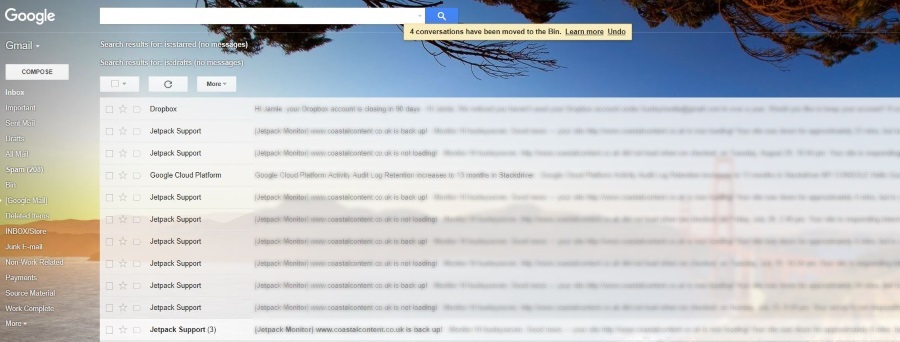
AGLFN stipulates generic unicode names (uniXXXX, where XXXX is the unicode number) for glyphs in the PUA range. Knut wrote:The naming could be an issue, though, since SMuFL recommends using AGLFN (Adobe Glyph List For New Fonts) naming conventions inside the font file. I would suggest you ask tisimst how best to approach this since I'm not familiar with FontForge. If not, you could always name the glyphs according to the SMuFL glyph list, only to batch rename them according to AGLFN after the metadata file has been generated. I don't know if FontForge has a similar feature, or if any of the available scripts written to perform the task in FontForge does it in a similar way. FontLab has a comment field for each glyph which can be used to transfer names from the font file to the metadata.json file with a dedicated script.

The naming could be an issue, though, since SMuFL recommends using AGLFN (Adobe Glyph List For New Fonts) naming conventions inside the font file. So basically I can open an empty FontForge document, name each glyph and create the symbols I need (clefs, noteheads.). To give you a general idea and a starting point for symbol selection, Maestro's symbol set is spread over the following ranges (from what I can remember): None of the symbols in SMuFL are mandatory, so you can freely pick and choose which symbols you want to include (decisions that really can't be made without some understanding of each symbol's relative obscurity or common usage). If you want to create a font for your own personal use, I'd suggest going through the ranges and decide which ones might be relevant to the scope of your font. Some ranges also include duplicates of symbols in other ranges. But of course there are a lot of symbols – even entire ranges – that easily can be considered pretty obscure. The glyph tables make it pretty clear which is which in terms of main symbols and semantically identical variants or 'stylistic alternates'.
#Fontforge move background code
However, with the exception of duplicate code points in the Musical Symbols range, SMuFLs entire symbol set has been located to the Private User Area (PUA) range in the Basic Multilingual Plane (starting at code point U+E000).Ģ.

Do you mean that you would like a dedicated codepage with backgrounds, names and all?Īs SMuFL has yet to be adopted by Unicode, I don't think this is currently possible.

This is because the SMuFL is extremely long and for beginners it is truly hard to orientate.ġ. For example, the regular is at U+XXXXX, and so on. It would be good to know which of all these symbols are "common" and which are variants. It would be good if we can have a template of SMuFL in FontForge.Ģ.
#Fontforge move background how to
Here I would like if someone could contribute to explain how to create a SMuFL compatible font.ġ.


 0 kommentar(er)
0 kommentar(er)
